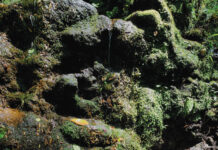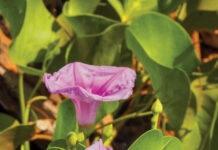Words and Photography by Zach Pezzillo
Native Plants Photographed by Zach Pezzillo
1 of 10
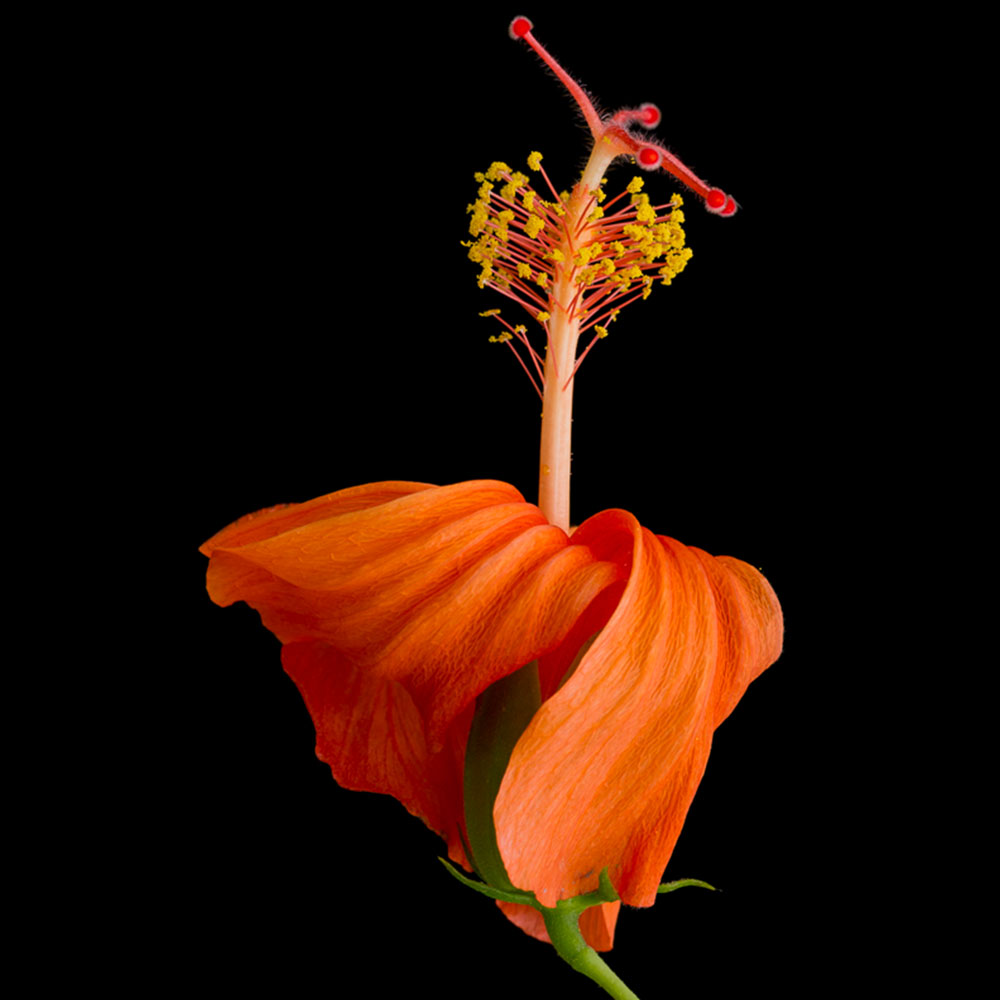
Koki‘o ‘ula‘ula — Hibiscus kokio subspecies saintjohnianus This beautiful and rare hibiscus is endemic to the northwest side of Kaua‘i. It is well known for its coral-red and deep orange flowers. Sadly, this endangered plant is threatened by habitat loss, introduced pests, ungulates and climate change.
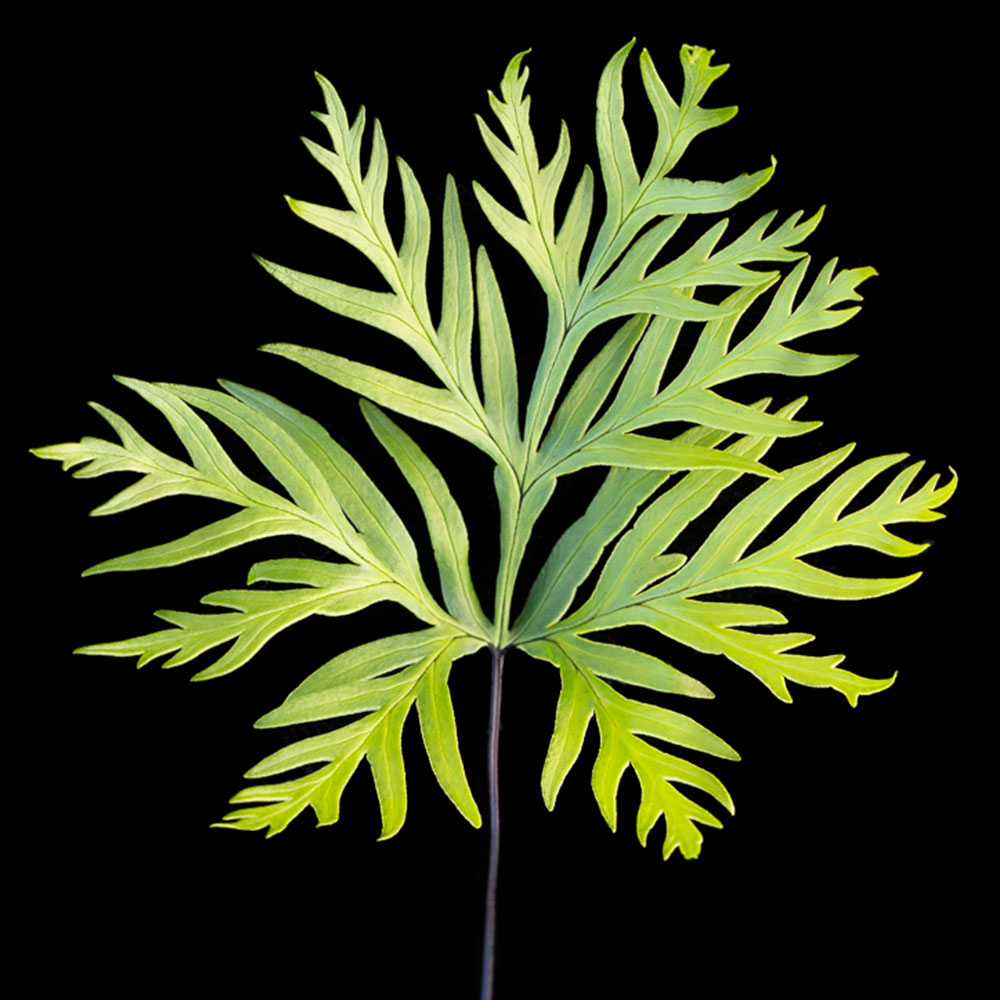
‘Iwa‘iwa — Doryopteris decipiens This drought-tolerant fern often sprouts after heavy winter rains, and can be found growing out of cracks and crevices in dry forests and scrublands, and on exposed basalt. After reaching maturity, the lacy ferns dry out and become clusters of unremarkable, desiccated fronds.
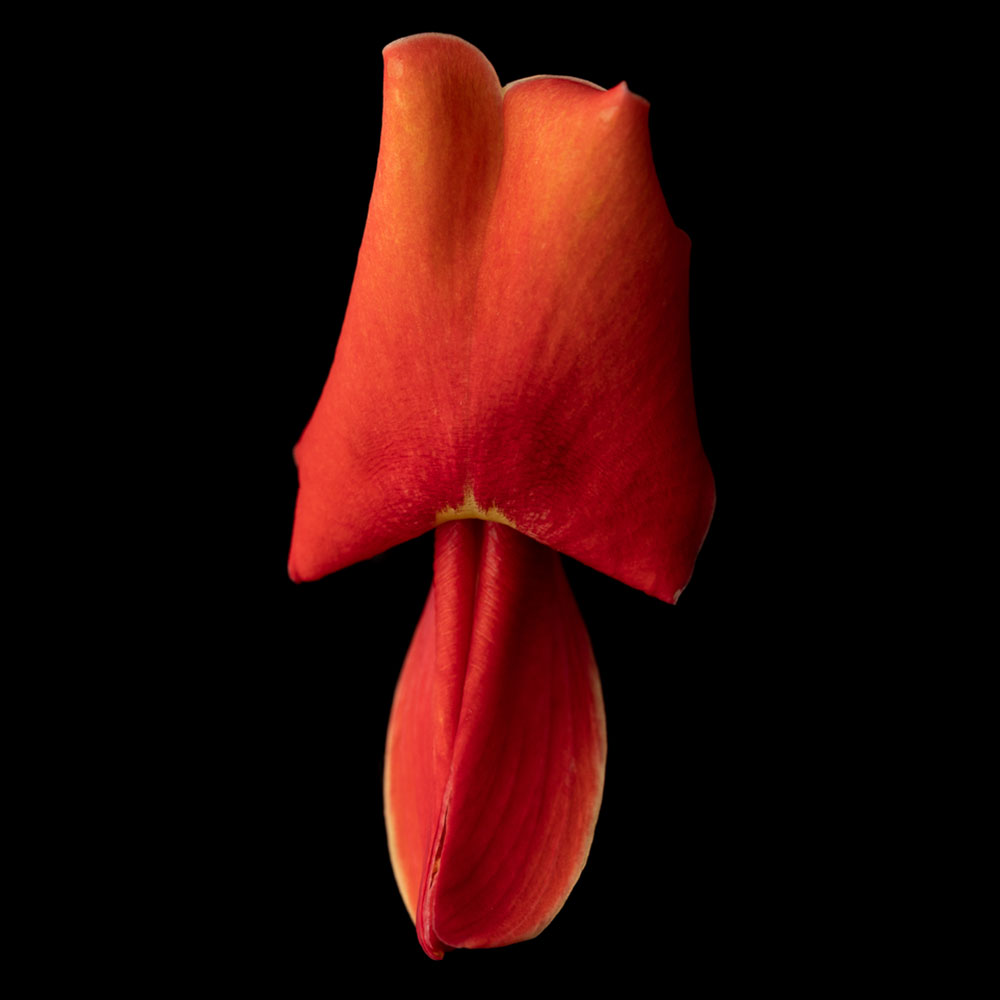
‘Ōhai — Sesbania tomentosa This endemic sprawling plant once grew abundantly in dry coastal shrublands, on cliffs and in forests across the Hawaiian Islands. Today, only a small number remain in protected areas. The flowers range in color from red to yellow, and are an important source of nectar for native pollinators. These drought-tolerant plants can be as small as a shrub or as large as 20-foot tree, and do well as a ground cover in very sunny areas.
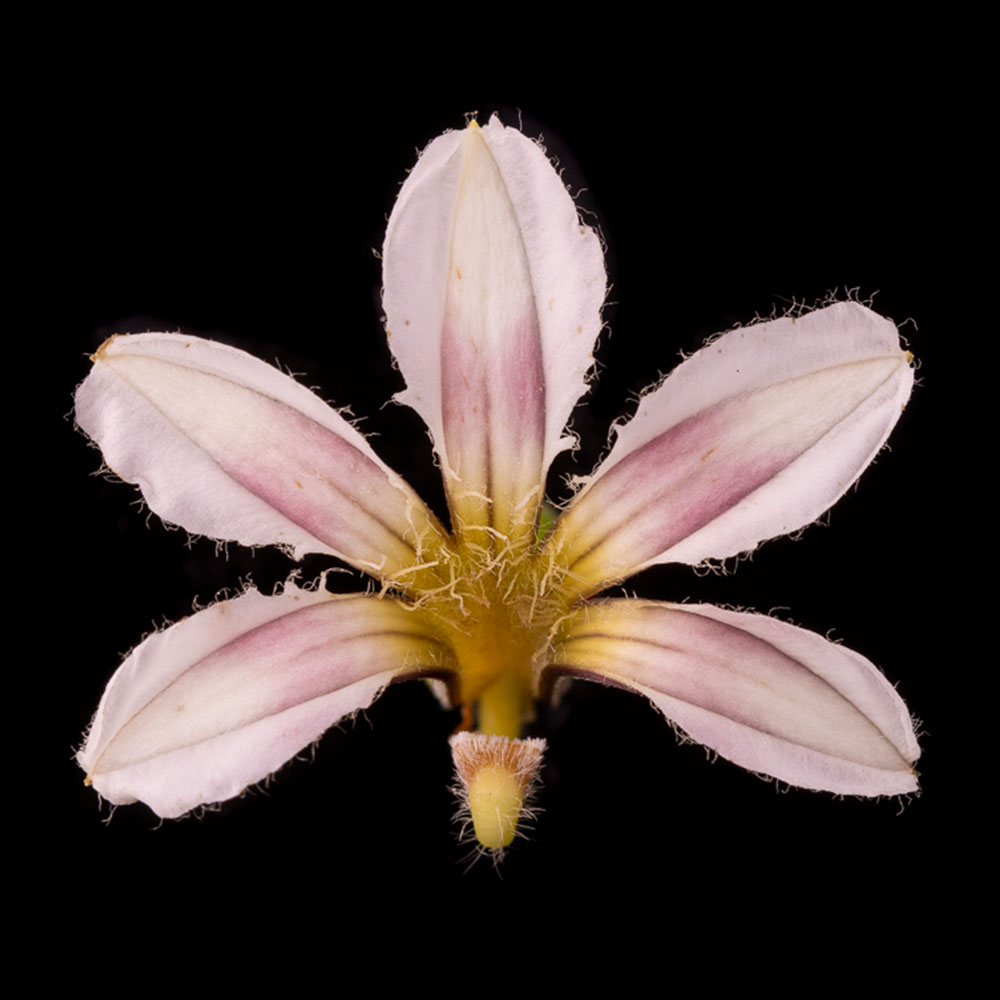
Naupaka kahakai — Scaevola taccada This indigenous shrub is widespread throughout the coastal regions of Hawai‘i, and does well in landscaping as a hedge. It has large, thick leaves and beautiful “half flowers,” which are an important source of nectar for native yellow-faced bees. The flowers, which range in color from white to purple to yellow, turn into soft, white fruit.
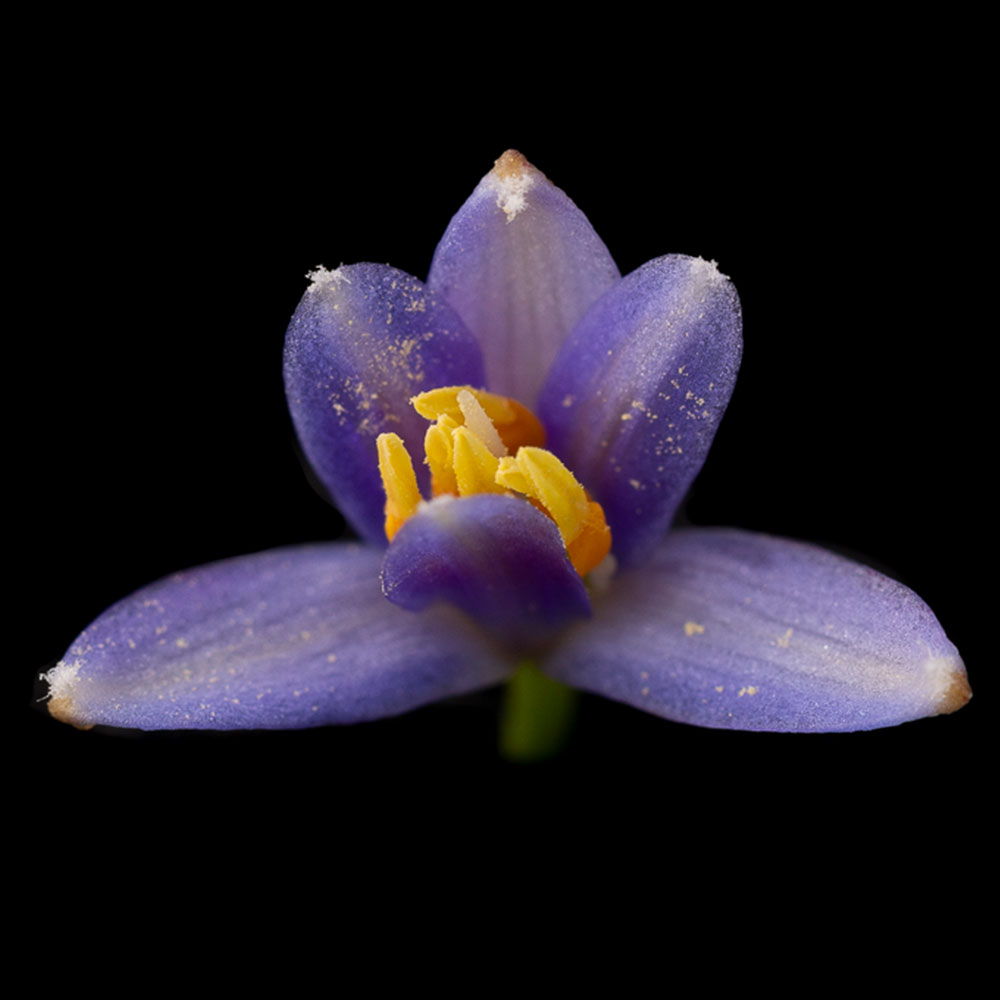
‘Uki‘uki — Dianella sandwicensis It’s always a treat to see these delicate purple flowers sticking up through the long leaves of this native lily. Found on all the main Hawaiian Islands, ‘uki‘uki thrives in a wide variety of habitats and is a great native plant to have in your yard. It is very hardy and does well in both full sun and full shade.
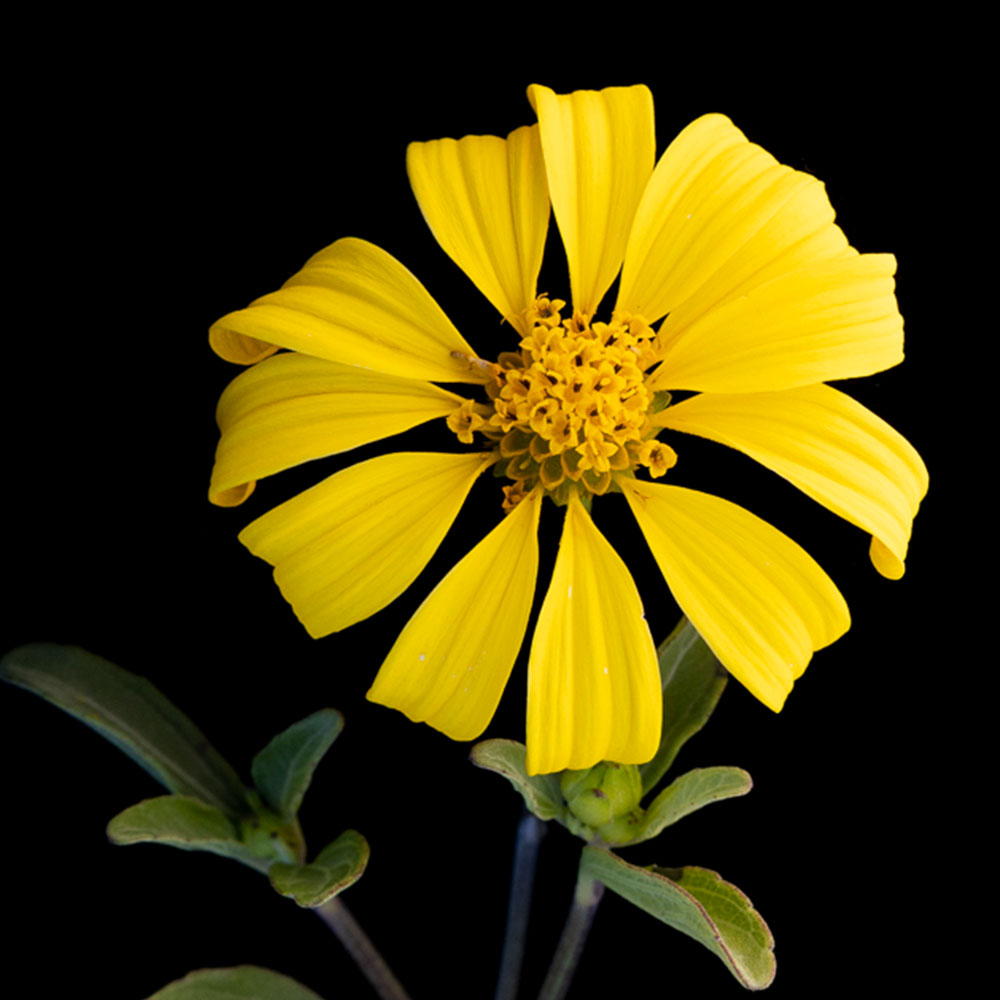
Nehe — Wollastonia lavarum Found across Maui Nui and on Hawai‘i Island, this endemic aster grows in low-elevation coastal and dry-forest ecosystems. Its gray-green leaves are covered in small, stiff bristles, giving them a sandpaper-like texture. The bright yellow flowers stand out, especially when growing on bare lava fields, and are a key nectar source for native insects.
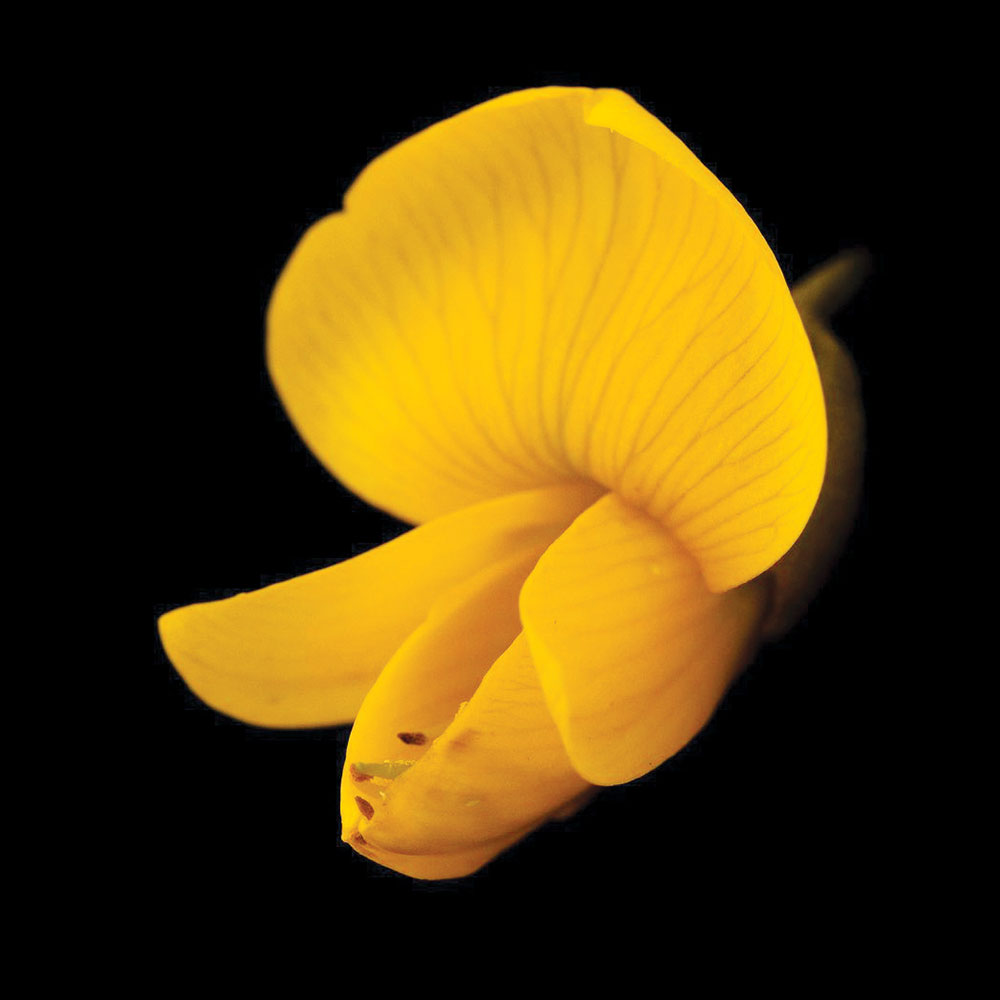
Māmane — Sophora chrysophylla Māmane is found largely in the subalpine regions of Haleakalā and on Hawai‘i Island. In the spring and summer, the bright yellow flowers light up the mountainside, attracting thousands of birds; at Haleakalā National Park, ‘i‘iwi, ‘amakihi and ‘apapane can be seen flitting among the flower clusters. Once pollinated, the flowers turn into long pendant pods with dense hairs and “wings” that twist down their length. On windy days, listen closely and you can hear the seeds rattling inside.
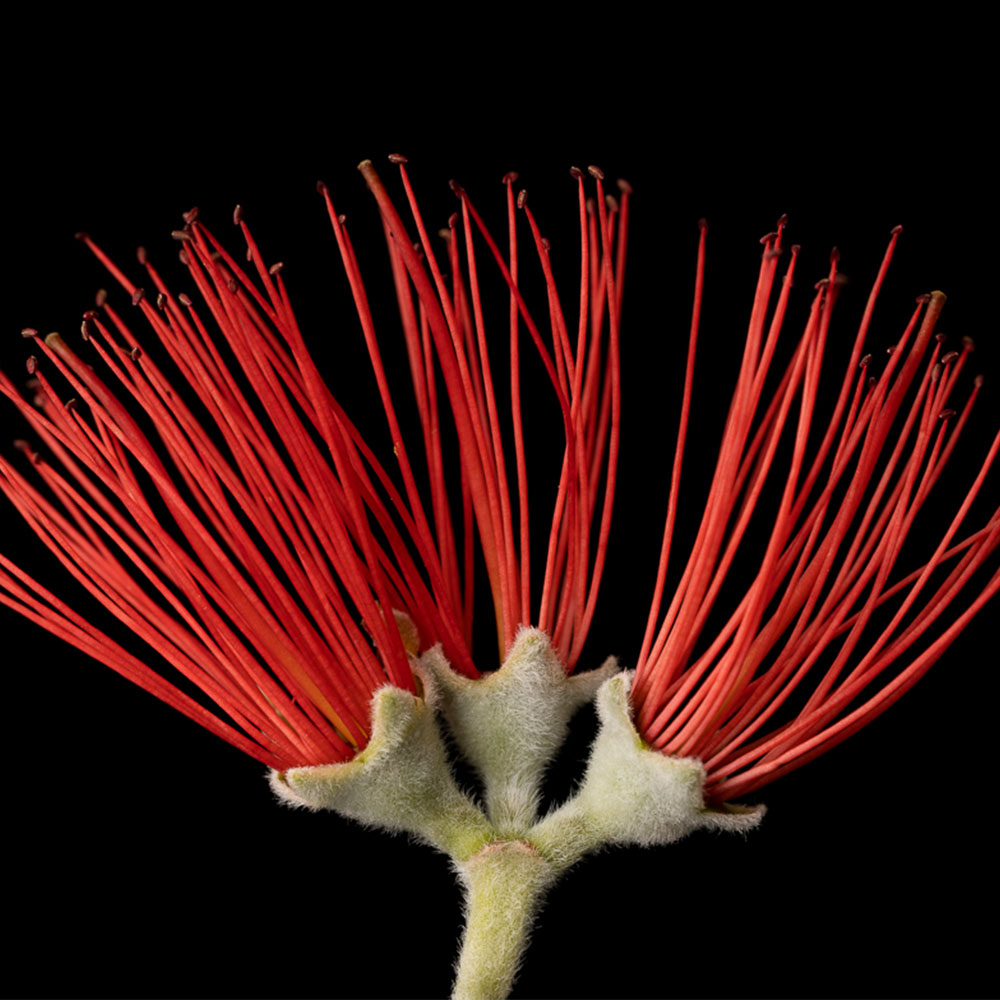
‘Ōhi‘a lehua — Metrosideros polymorpha With eight recognized varieties, this tree thrives in nearly every landscape and ecosystem in Hawai‘i, and is the most common native tree in the Islands. It grows as a small shrub on lava or in bogs, but in favorable conditions it can reach heights of 100 feet or more. Its flowers range in color from red to salmon to pink to yellow.
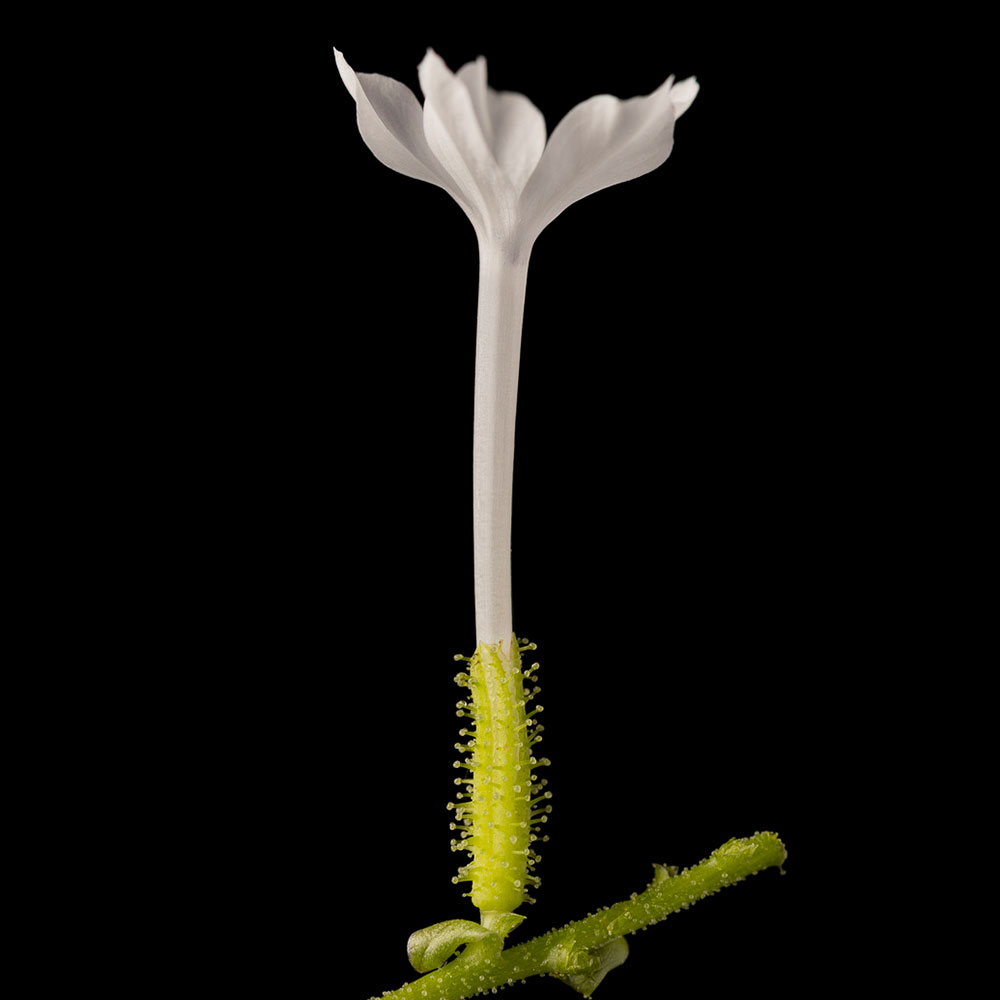
‘Ilie‘e — Plumbago zeylanica This sprawling ground cover can be found in dry and moderately wet low-elevation shrubland and forests. The calyx at the base of the flower is covered in sticky hairs that readily cling to the fur and feathers of animals — and the leg hairs and pants of humans! This adaptation helps distribute its seeds to surrounding areas, and even other islands.
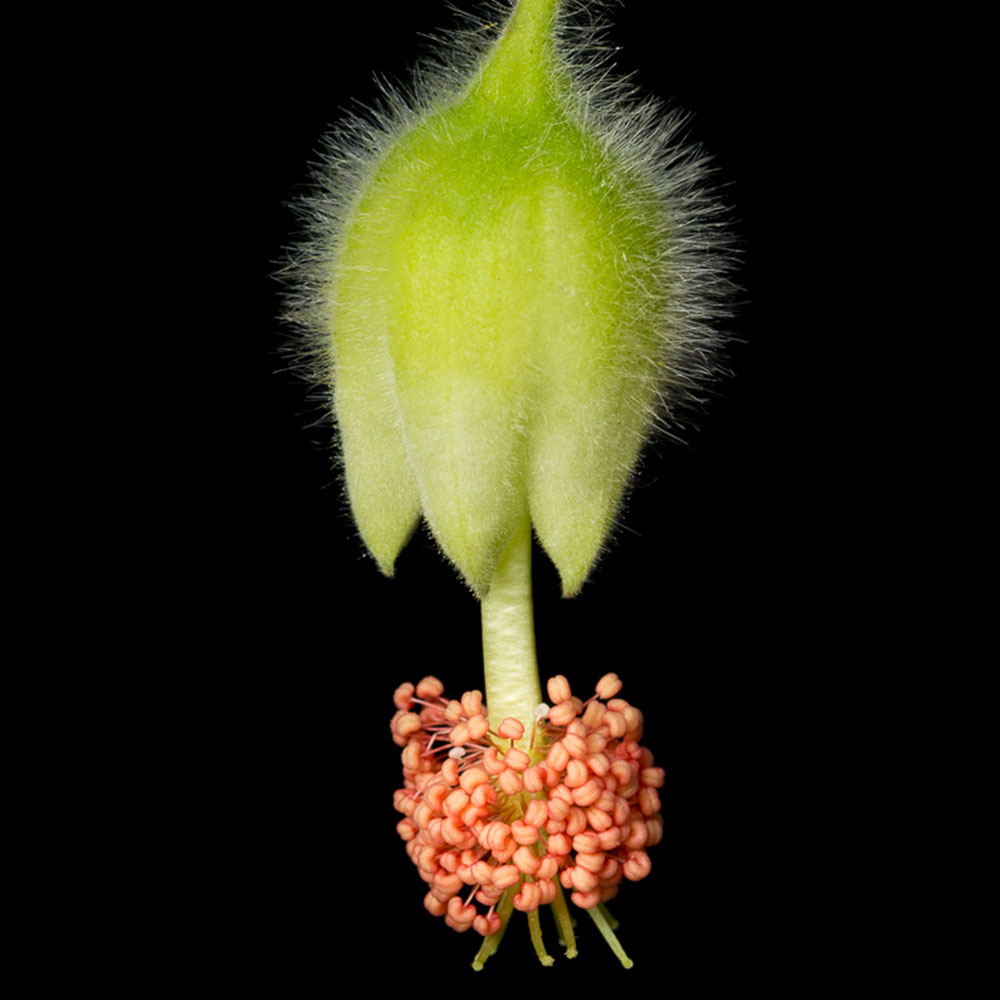
Hidden-Petaled Abutilon — abutilon eremitopetalum This critically endangered species is endemic to Lāna‘i, and is found on only a single site on the windward side of the island. The shrub grows naturally at elevations of between 700 and 1,700 feet, and has been nearly wiped out by invasive deer. The petals of its flowers are shorter than the sepals, hence the “hidden” part of its name.

